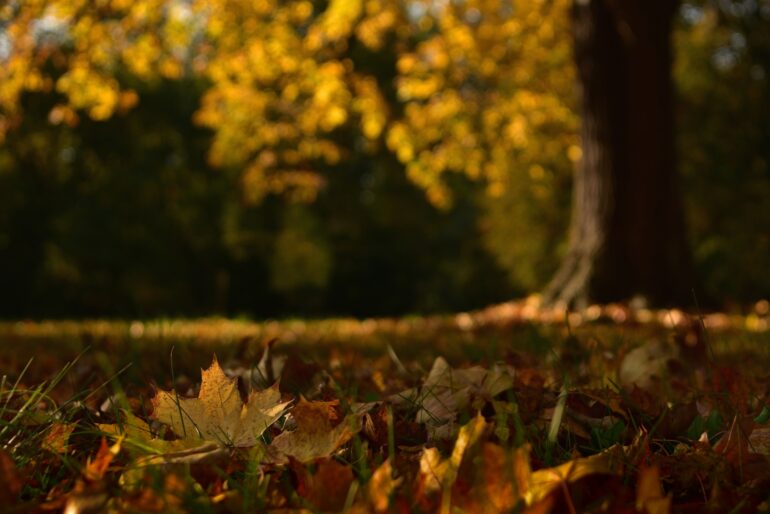Often, lawncare can become out-of-sight-out-of-mind for maintenance managers once the seasons change, but proper preparation means that it can save time and money on your spring groundskeeping by keeping your grass healthy through the winter.
Groundskeeping
Fall is a time where grass is actively growing, so you want to keep it as healthy as possible by lowering the cutting height, pulling weeds, and removing fallen leaves. These practices ensure that the grass gets the right amount of sunlight and is encouraged to soak up all the nutrients it needs to stay healthy over the winter. Leaving the weeds means that there’s a good chance they will return even stronger in the spring, so you want to make sure these are taken care of before the snow falls.
Dethatching is also a key step in getting your grass winter-ready, which involves removing a dense layer on top that can inhibit health and growth. Grass that is thinner than one inch can help protect the grass in the winter, so focus on dethatching the thicker layer instead.
Aerating
Aerating the lawn means creating holes throughout so that air, water, and nutrients can access the roots of the grass. Aerate on wet grass, so if there hasn’t been any rainfall lately, water the lawn for a few days to prepare it for aeration.
Schedule this process three to four weeks before winter dormancy for best results. If you overseeded towards the end of the summer, this process will enhance your overseeding efforts, leading to a fuller lawn over the winter and into the spring.
Encouraging spring growth
If you have had issues with snow mould in the past, you can apply a preventative fungicide on your lawn before the first snowfall to help avoid the black mould that can happen when heavy snow melts and does not dry.
In the winter, keep traffic off your lawn for winter so it can receive air, water, and nutrients while in dormancy. Keep salt, sand, and any other products from reaching your turf, which can cause damage and inhibit spring growth.
By taking these simple steps in the fall, you will help your grass look its best when the snow thaws, saving you time and money in the spring.









